Bothriolepis canadensis
Bothriolepis is an extinct genus of antiarchs placoderms lived during the Late Devonian 1), 4). The large number of specimens have been found in all over the world, so Bothriolepis would be among the best known placoderms 1), 4), 6). Bothriolepis canadensis is a representative species of genus Bothriolepis described more than sixty species 1).
B. canadensis is approximately 44 cm in length, and its head and thorax are covered with armour-like dermal shields, which are about 36 % of the total body length 1). There is no ossification of the vertebrae and no scales on the trunk 1).
A pair of pectoral fins of B. canadensis are about 35 % of the total body length, and various ideas regarding their functions have been proposed 1), but still obscure. Based on their range of movement, it is unlikely that the fins acted as propulsion organs, whereas it is possible that they were used as diving-planes, that is, rudders for lifting up the body.
The mouth is on the ventral surface of head 1), 6), and the eyes are rather anterior-facing than dorsally as previously thought 1). Bothriolepis may have swum with undulatig the caudal fin, so they were dwellers on or near the water bottom, and preyed on small invertebrates in the water column and fed on detritus in the sediment 1).
It has been thought that Bothriolepis had lived in a freshwater environment. However, they have been found in the estuariy or the reef zone, such as Escuminac Formation in Canada 4), and Gogo Formation in Austraria 3), 5), 6), presumably they should have lived in the marginal marine environmnt 3), 5).
A number of juvenile fossils have found on single slab from the Catskill Formation (Pennsylvania, USA), suggesting that this may represent the mass mortality events due to anoxia and desiccation caused by water-level decrease 2).
There are several possibilities that the nursery sites of Bothriolepis were located in reduced flow area or shallow site such as delta or small tributaries, they lived in the fresh water environment during hatchlings, or not only juveniles but also adults were able to come and go between the fresh water and the salt water environment.
References:
- Béchard I, Arsenault F, Cloutier R, Kerr J (2014) The Devonian placoderm fish Bothriolepis canadensis revisited with three-dimensional digital imagery. Palaeontologia Electronica 17(1.2A): 19p. (DOI:10.26879/417)
- Downs JP, Criswell KE, Daeschler EB (2011) Mass Mortality of Juvenile Antiarchs (Bothriolepis sp.) from the Catskill Formation (Upper Devonian, Famennian Stage), Tioga County, Pennsylvania. [abstract] Proceedings of the Academy of Natural Sciences of Philadelphia 161(1):191-203. (DOI: 10.1635/053.161.0111). (The full-text was referred to ResearchGate.)
- Goujet D (2011) "Lungs" in Placoderms, a persistent palaeobiological myth related to environmental preconceived interpretations. Comptes Rendus Palevol 10(5–6), 323-329. (DOI: 10.1016/j.crpv.2011.03.008)
- Miguasha National Park - From water to land - (- An ancient estuary -, - Antiarchs -, and - Bothriolepis -) (Retrieved 29 June 2022.)
- Trinajstic K, Briggs DFG, Long JA (2021) The Gogo Formation Lagerstätte: a view of Australia's first great barrier reef. Journal of the Geological Society 179 (1), jgs2021–105. (DOI: 10.1144/jgs2021-105)
- Young GC (1984) Reconstruction of the jaws and braincase in the Devonian placoderm fish Bothriolepis. Palaeontology 27(3), 635-661.

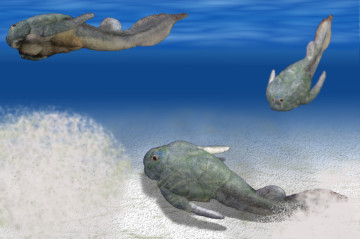
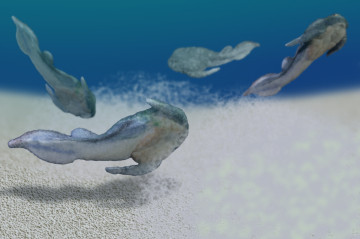
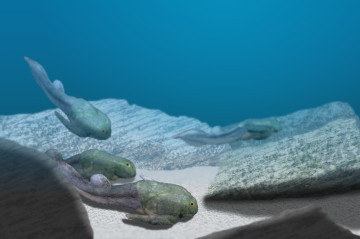
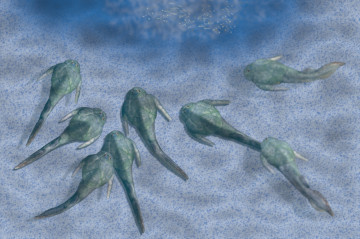
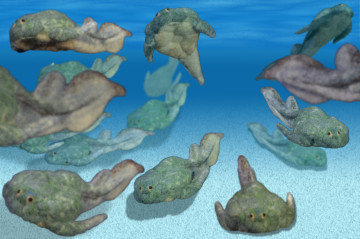
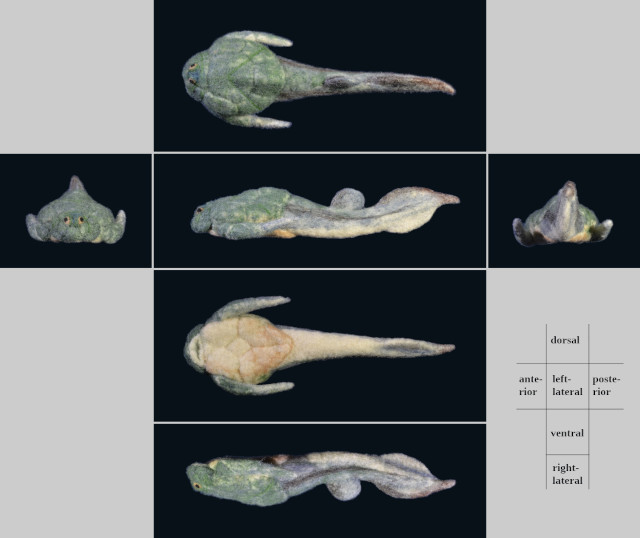
re-created in April - June 2022.